The Power of Narrative: How To Drive Action Through Brand Storytelling
Did you know that stories trigger a specific response in our brains? In fact, studies have revealed that character-driven stories that evoke emotions have a significant impact on our ability to understand and recall information. Imagine using this knowledge to your advantage in your marketing efforts. That’s precisely what brand storytelling aims to do.
Who doesn’t love a good story, right? From the time we were young, we’ve been captivated, inspired, and influenced by the magic of storytelling. We eagerly listen to tales of adventure, romance, and triumph over adversity. From ancient myths to modern-day movies, stories have had the ability to engage us emotionally and intellectually and leave a lasting impact on our minds.
This brings us to our topic of conversation today. Are you ready to learn how to use brand storytelling to hack your customers’ minds and drive the actions you desire? Well then, let’s dive in!
What Is Brand Storytelling?
Brand storytelling is the practice of using a compelling narrative to connect with customers and share a brand’s values, mission, and experiences. By creating an emotional connection with the audience, brand storytelling makes the brand more memorable and engaging. Incorporating brand storytelling into your marketing strategy can help you stand apart in a competitive market and create a deeper bond with your customers.
What Is Storytelling In Digital Marketing?
Storytelling has become increasingly important in online marketing as businesses recognize its power to capture and retain customers’ attention. As consumers are inundated with ads and information every day, stories help your brand stand out and create a lasting impression. It gives your brand a more personal touch in the eyes of the customer.
That’s why, in today’s world of information overload, brands are turning to storytelling as a way to cut through the noise and bond with customers on a deeper level. By tapping into the power of storytelling, you will be able to leave a more meaningful impact, making it more memorable and shareable in the minds of your audience, leading to greater audience engagement, customer loyalty, and sales.
How Brand Storytelling Can Hack Your Customers’ Minds
As we learn more about how the human brain responds to stories, it becomes increasingly clear that brand storytelling is a powerful tool that you can use to “hack” into your customers’ minds and influence their actions. You can establish a deeper connection by creating compelling narratives using various brand storytelling techniques. These narratives resonate with people on an emotional level, resulting in a strong brand identity, reputation, and customer base in the digital age.
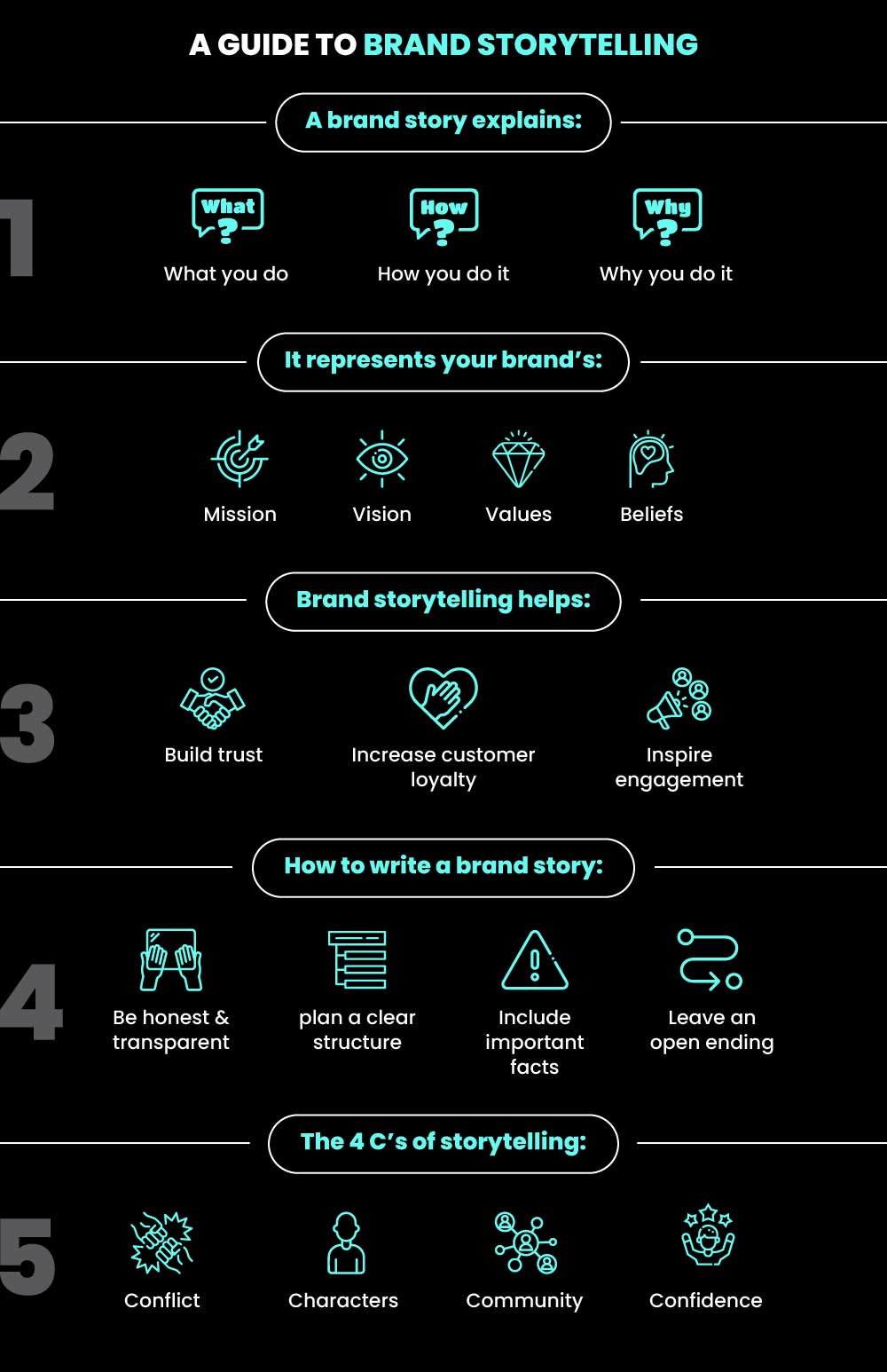
This understanding has led to a greater emphasis on using persuasive storytelling in brand voice and brand messaging as companies seek to differentiate themselves and stand out in a crowded marketplace. Essentially, the better your brand is at telling stories that capture the attention of your customers, the more successful you are likely to be in building brand loyalty and emotional connection.
And for brands that have got the hang of using storytelling to communicate with their audience, this emotional connection can result in many rewarding benefits, such as a positive brand reputation and increased customer retention and engagement.
To get a better understanding of what goes behind the scene and how storytelling in branding is winning the hearts of customers, let’s discuss the topic further and delve deeper into the science behind what makes brand storytelling tick.
The Science of Storytelling
Now, with all this information, let’s understand the science behind storytelling, how the brain responds to it, and how it helps in brand storytelling.
According to psychologist Jerome Bruner, messages conveyed through stories have a 22 times greater likelihood of being remembered than those communicated through facts and numbers.
When we hear or read a good story, our brain releases various chemicals that impact our emotions and motivation. The two primary chemicals involved are dopamine and oxytocin.
Dopamine is associated with pleasure and is released when we anticipate a reward. In storytelling, this means that our brain releases dopamine when we’re engaged in a story and anticipate a positive outcome or resolution. It keeps us engaged and motivated to continue listening or reading until the end of the story.
Oxytocin, on the other hand, is often regarded as the “love hormone” because it’s released when we feel love or connection to someone or something. When we experience a story that resonates with us, our brain releases oxytocin, which helps to build trust and emotional connections with the characters and brand.
So, the end goal is to ensure that your brand’s story gets these chemicals to respond. It will create a positive emotional association with your brand, increase brand loyalty, and ultimately drive sales.
The Evolutionary Reasons Behind Why We Are Wired To Respond To Stories
Have you ever wondered why you’re so captivated by a good story? As it turns out that storytelling is an inherent part of human nature, ingrained in our brains through thousands of years of evolution. When you hear a story, it activates multiple brain regions, making the experience more memorable and immersive.
From ancient oral traditions to modern-day texts, stories have been a powerful tool for transmitting knowledge and values across generations. Hence, integrating it into your brand communication can ensure that your brand story resonates with your customers and stands the test of time.
Examples of successful brand storytelling that has leveraged these brain mechanisms
So, now that we’ve understood the science behind storytelling, it’s important to note that creating an emotional connection is key to building brand loyalty. As it turns out, successful brands have leveraged the power of brand storytelling to create strong emotional connections with their customers.
In fact, a Harvard Business Review study found that emotional connection is considered a strong predictor of a customer’s future value. Let’s check out some examples of brands that have perfected their storytelling game to help you understand how this works in practice.
Patagonia:
Patagonia is an outdoor retailer that has successfully used storytelling to build brand loyalty and advocate for environmental causes. The company’s “Don’t Buy This Jacket” campaign encouraged consumers to think twice before buying new clothing, highlighting the environmental impact of fast fashion.
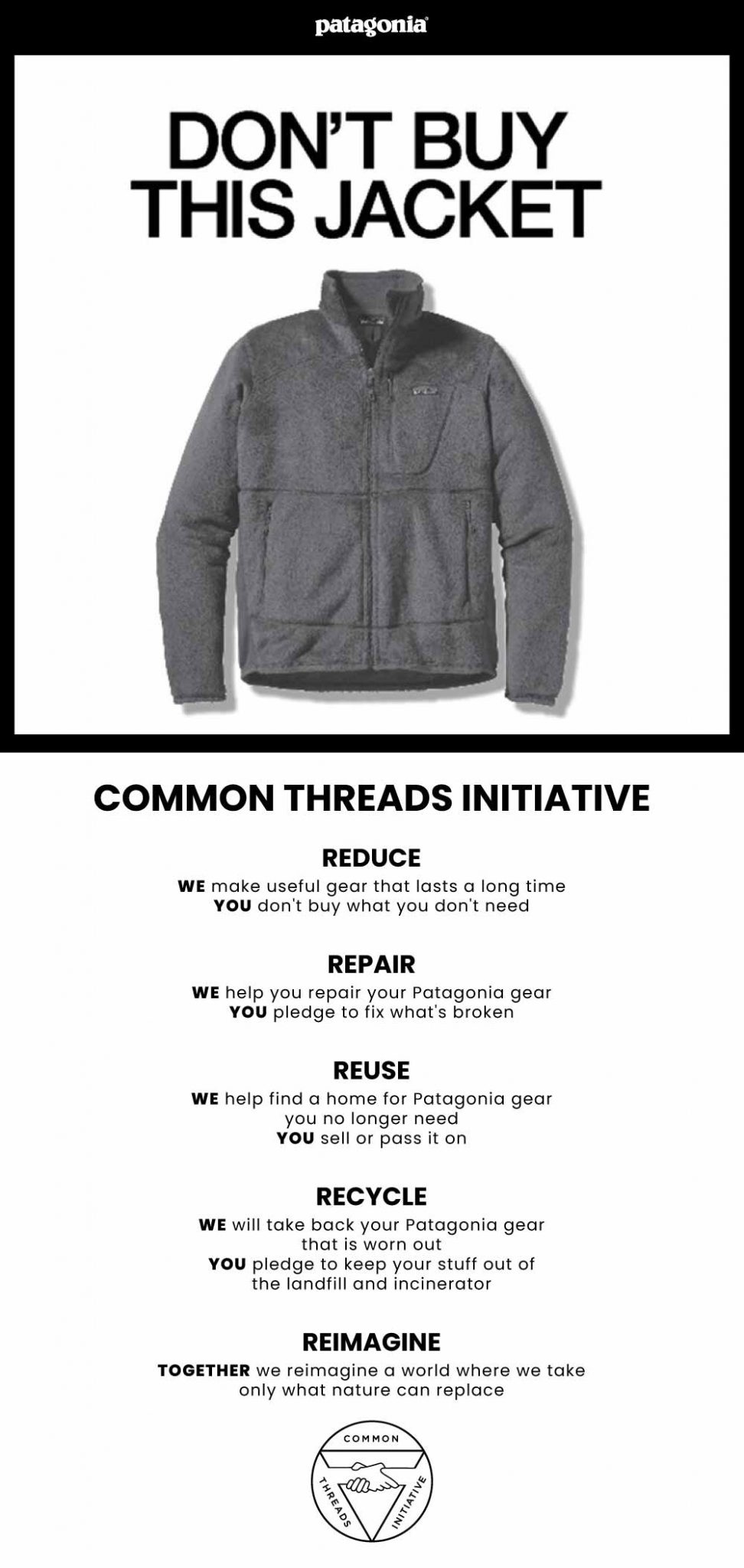
Dove:
Dove’s “Real Beauty” campaign used storytelling to challenge traditional beauty standards and celebrate diversity. The campaign used emotional storytelling to engage viewers and increase brand awareness and brand authenticity, resulting in a 30% increase in sales in the first year.
Coca-Cola:
Coca-Cola’s “Share aCoke” campaign is yet another fine example of brand storytelling. By personalizing its products with customers’ names, Coca-Cola was able to create a sense of connection and belonging among its customers. This campaign increased customer engagement and generated over 150 million personalized bottles sold.
Nike:
Nike’s “Just Do It” campaign is a prime example of persuasive storytelling that leverages the brain’s reward system. The campaign used stories of athletes overcoming adversity and achieving their goals to motivate and inspire viewers. By tapping into our desire for achievement and reward, Nike was able to create powerful brand messaging and brand recognition that resonated with customers and increased sales.
Also read: 7 Successful Brand Taglines That Took The Internet By Storm
Airbnb:
Airbnb, on the other hand, has built its brand around the concept of “belonging.” Their “Live There” campaign encourages travelers to live like locals by renting Airbnb homes and features stories of real people and their unique experiences in different cities around the world.
These successful brand storytelling examples demonstrate that when people watch or hear compelling brand stories, their brains release neurotransmitters like dopamine and oxytocin, which enhance engagement and emotional connection with the brand. Therefore, successful brand storytelling not only drives favorable results in terms of brand building, brand perception, and brand recall but also has a neurological impact on the audience.
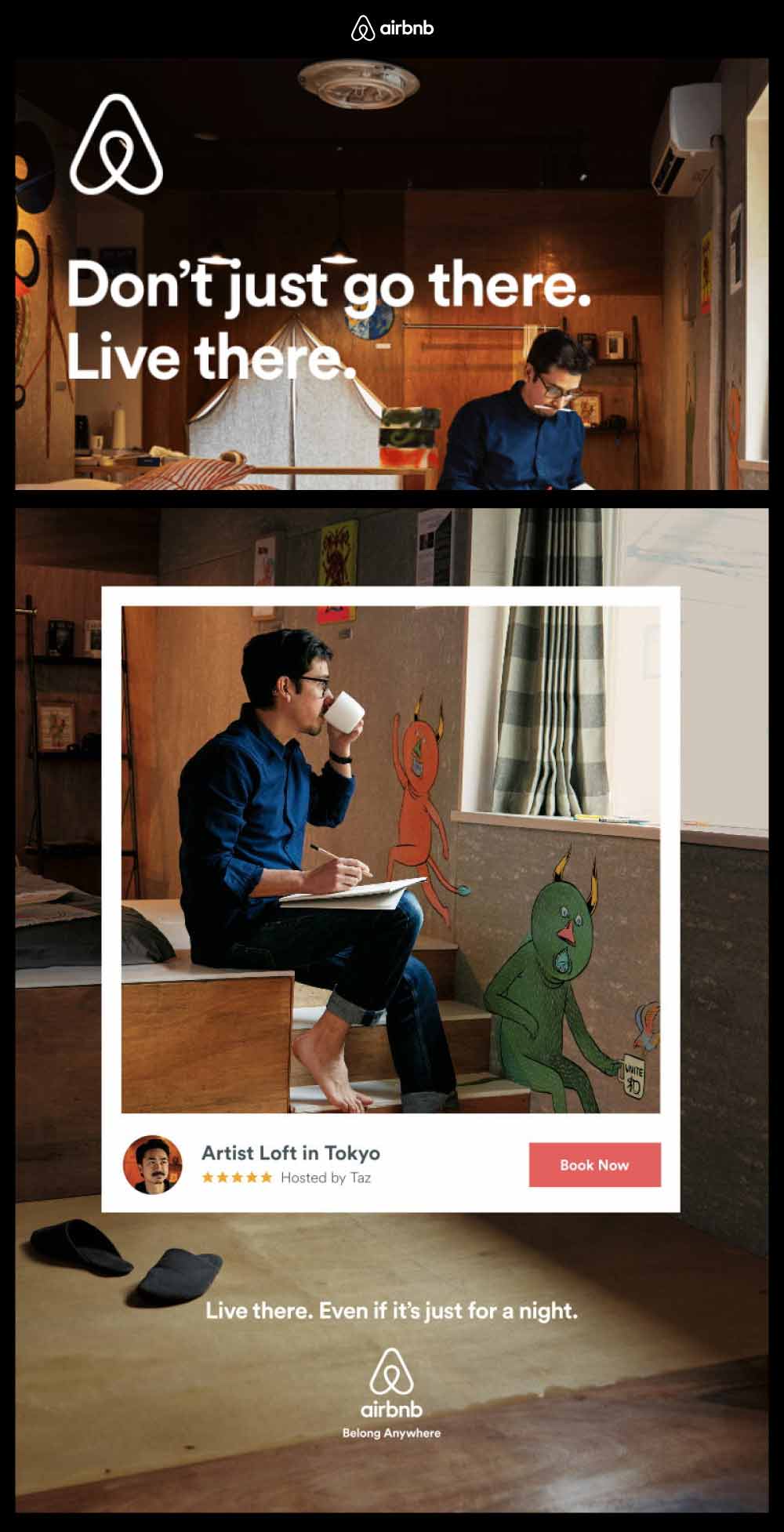
The Benefits of Brand Storytelling
Using brand storytelling in your marketing strategy can have some great benefits, including:
- Increased engagement: Stories are memorable and interesting, so they grab people’s attention and keep them engaged with your brand
- Emotional connection: When you tell a story, you can evoke emotions in your audience. This can create a stronger bond between them and your brand.
- Brand loyalty: When people feel connected to your brand, they’re more likely to turn into loyal customers. Which ultimately leads them to becoming brand advocates for your business.
Elements of Effective Brand Storytelling
As we saw in the examples of successful brand storytelling, emotional connection is the driving force behind building brand equity and loyalty. But to really make an impact, your brand storytelling has to be more than just a generic story. It has to resonate with your audience and drives engagement. To help you hit the mark, let’s dive into the key elements that can make your brand storytelling truly effective and memorable:
-
Character development:
This involves creating relatable and compelling characters that your audience can connect with. By giving your characters depth and personality, you can make your brand more relatable and human.
-
Conflict:
Every good story needs conflict, and brand storytelling is no exception. By introducing a problem or challenge, you can create a sense of tension that keeps your audience engaged.
-
Resolution:
After introducing conflict, it’s important to provide a satisfying resolution. This can involve showing how your brand or product helped to overcome the problem or highlighting a positive outcome.
Here are two examples of brands that have effectively used these elements in their storytelling:
Apple
Apple is known for its ability to create a cult-like following around its products. A big part of this is due to the company’s effective brand storytelling. Apple’s ads often feature a simple narrative that emphasizes the product’s benefits, with minimal dialogue and maximum emotional impact.
For example, let’s take a look at their “Shot on iPhone” campaign. In this, Apple showed stories of real people using their iPhones to capture beautiful and emotional moments in their lives.
Elements used:
- Character development: featuring real people using iPhones to capture moments
- Conflict: capturing emotional and challenging moments in people’s lives
- Resolution: capturing beautiful moments and memories using iPhones
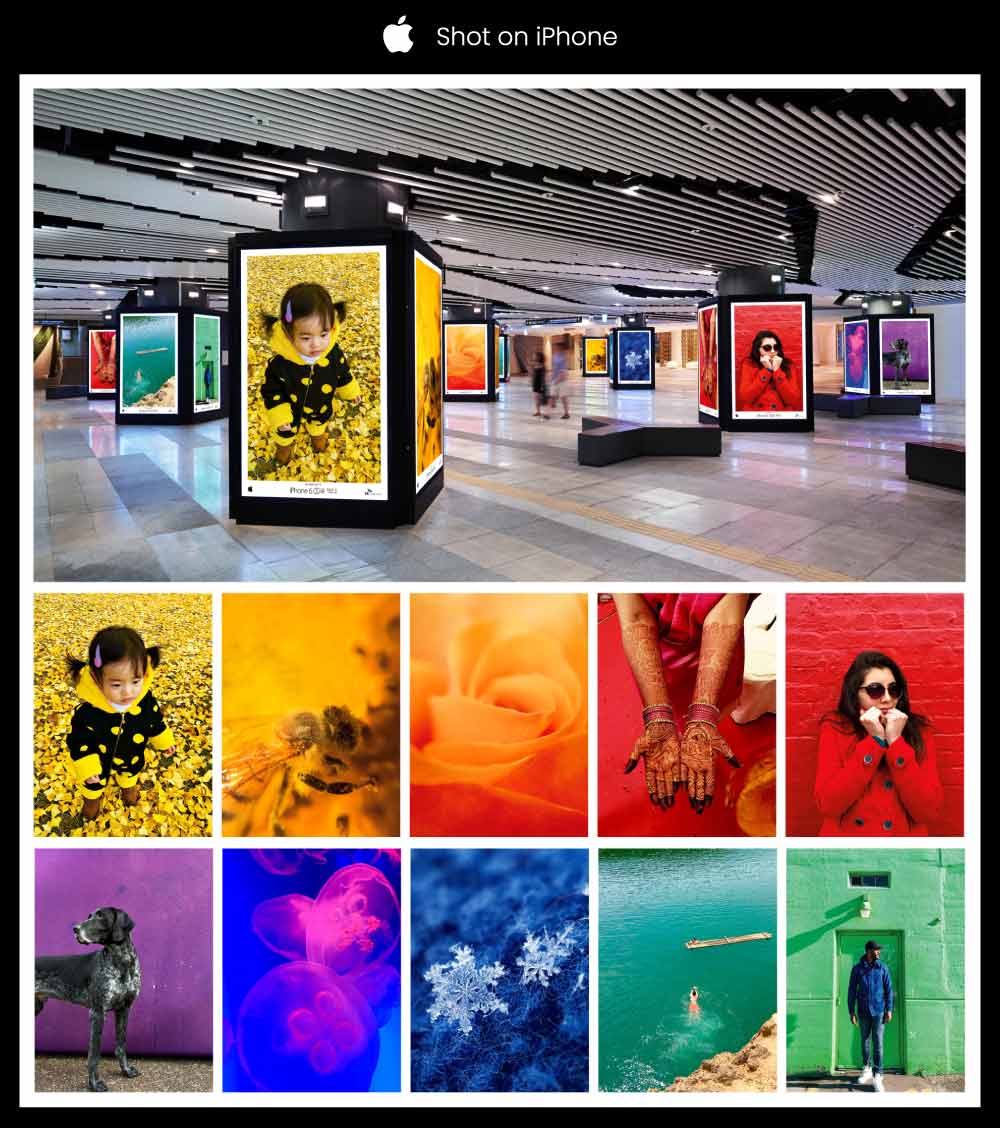
Warby Parker
Warby Parker is an eyewear company. It has made a name for itself by disrupting the traditional eyewear industry. The brand uses humor and relatable storytelling to create a connection with its audience.
For example, let’s see how they used storytelling in one of their popular campaigns, “Home Try-On.” It shows a man who tries on various pairs of glasses at home while his dog looks on with amusement.
Elements used:
- Character development: featuring a relatable and humorous protagonist
- Conflict: the challenge of finding the perfect pair of glasses
- Resolution: finding the perfect pair of glasses with the convenience of home try-on

Strategies for Implementing Brand Storytelling
So, you’ve got a handle on the key elements of effective brand storytelling. Now it’s time to put that knowledge to use. So, let’s dig a little deeper into these strategies so you can put them into practice. Implementing these brand storytelling strategies will help create meaningful connections with your audience and establish a distinct brand identity.
Also read: Brand Identity vs. Brand Image: Understanding the Difference and Importance
Here are some strategies to get you going:
- Develop a clear brand narrative that aligns with your values and resonates with your audience.
- Use visual brand storytelling to create compelling content that captures attention and engages emotions.
- Leverage content marketing elements to establish your brand narrative for your target audience. Content marketing elements can include log posts, social media content, email newsletters, and more.
- Incorporate interactive storytelling elements, such as quizzes or polls, to increase audience participation and enhance the overall customer experience.
- Leverage your brand advocates and brand community to share their own stories and experiences with your brand.
- Utilize strategic storytelling in advertising to create an emotional connection with your audience and drive action.
Tip: If you’re new to this, then our team of expert content marketers and advertisers is here to rescue you.
Now, let us look at two examples of brands that have effectively implemented brand storytelling strategies in their marketing campaigns:
TOMS Shoes:
TOMS incorporated storytelling into its brand by creating a “One for One” movement. In this campaign, for every pair of shoes purchased, a pair was to be donated to a child in need.
This strategy helped them to create a unique brand narrative that resonated with customers. It also contributed to their brand values of corporate social responsibility and community engagement. TOMS also used visual storytelling in their marketing campaigns to showcase the impact of their donations.
Also read: The Power of Visual Content in Shaping Brand Growth
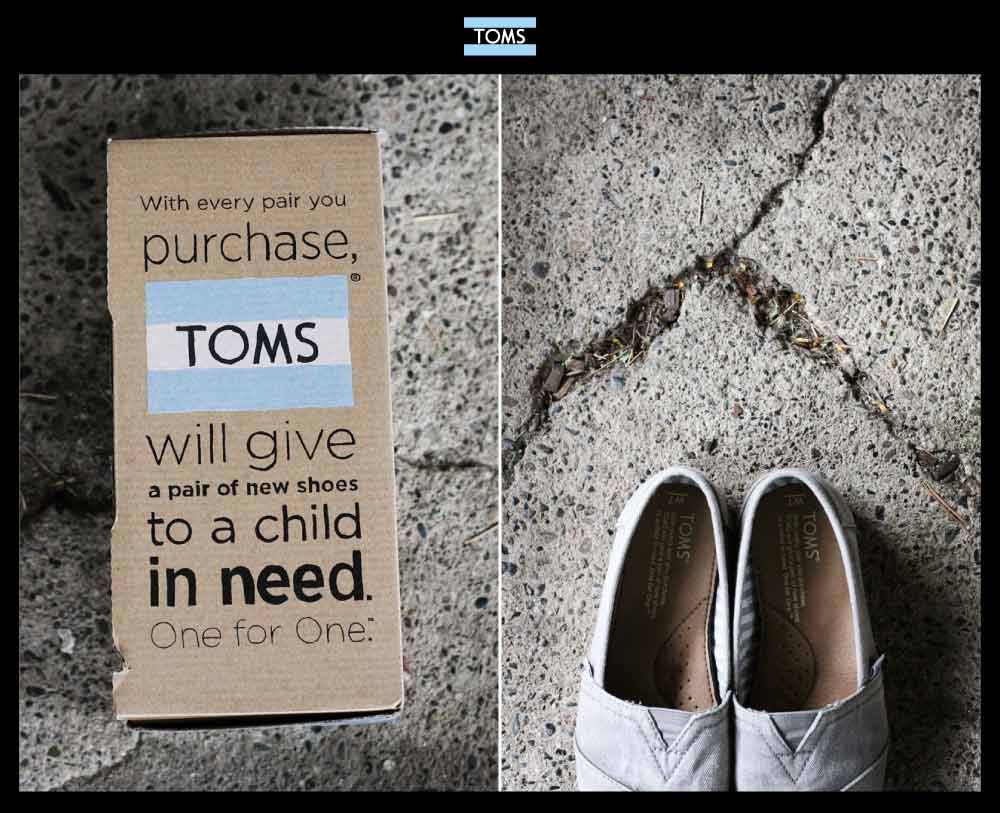
Dollar Shave Club:
Dollar Shave Club used humor and relatable characters to create a memorable brand narrative. This appealed to its target audience of men. They incorporated storytelling into their marketing by creating a series of viral videos. This showcased the benefits of their subscription service while also entertaining viewers.
This strategy helped them to differentiate themselves from traditional razor brands and build a strong community of brand advocates.
Final Thoughts
As we come to an end, it’s clear that brand storytelling can be a powerful tool in your marketing arsenal. The importance of brand storytelling cannot be overstated. Brands that effectively use storytelling in their marketing efforts can create a strong emotional connection with their audience. Which ultimately leads to an increase in engagement, loyalty, and even sales.
By tapping into the art of brand storytelling and crafting compelling narratives, they can captivate their audience and drive them to action. But don’t just believe what we say – take action and start incorporating the brand storytelling tips into your own marketing efforts. Whether it’s through visual storytelling, interactive experiences, or strategic campaigns, there are countless ways to use this technique to connect with your customers on a deeper level.
So, are you ready to take your brand to the next level? Start unlocking the power of brand storytelling today and see the impact it can have on your business. And if you need any help along the way, don’t hesitate to ask our team for guidance and support.


It’s not often that we come across content that really resonates with us, but this one is a standout. From the writing to the visuals, everything is simply wonderful.
Practical and easy to understand, offering clear and straightforward advice that readers can readily apply.
Detailed and well-researched, providing an extensive examination of the topic supported by thorough research.
I appreciate how well-researched and detailed your posts are It’s evident that you put a lot of time and effort into providing valuable information to your readers
Your content always keeps me coming back for more!
Your writing is a breath of fresh air It’s clear that you put a lot of thought and effort into each and every post
The photographs and visuals used in this blog are always stunning They really add a beautiful touch to the posts
Your writing is so genuine and heartfelt It’s refreshing to read a blog that is not trying to sell something or promote an agenda
This is such an important and often overlooked topic Thank you for bringing attention to it and offering valuable advice
This post truly brightened my day! I appreciate how you delve into the topic with such positivity and clarity. It’s refreshing to see content that not only informs but also uplifts the reader. Your writing style is engaging and always leaves me feeling inspired. Keep up the fantastic work!
Keep up the amazing work! Can’t wait to see what you have in store for us next.